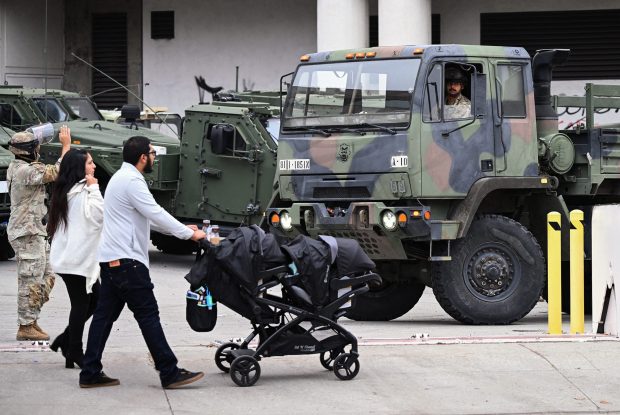The Chicago Teachers Union is pushing for a major expansion of the Sustainable Community Schools (SCS) model, proposing to increase the number from 20 to 200 over the next four years. This shift could cost a cash-strapped Chicago Public Schools as much as $360 million over the contract term. The scale of this expansion has been a sticking point in negotiations between the CTU and CPS and has been contributing to pressure to dismiss CPS CEO Pedro Martinez.
While community schools in general have long been supported by parents, including those in the Kids First Chicago network, this aggressive expansion of a specific and relatively unproven model — one that limits families and school communities from having a voice in the decision-making process — raises several concerns.
Community schools are designed to integrate the needs of the school, students and the surrounding community by providing wraparound services that address not only academic needs but also social-emotional and health-related challenges.
When implemented well, these schools serve as a hub for the community, not only improving educational outcomes but also creating greater community cohesion and support systems for families. Chicago has a long history of community school models, with some clear successes in improving student attendance, behavior and academic achievement.
However, not all community school models are created equal. In addition to SCS, CPS operates two other community school programs — the 21st Century Community Learning Centers and the Community Schools Initiative External Partnerships — which are funded by state and federal dollars and have shown more consistent results.
In contrast, the SCS model, introduced in the CTU’s 2016 collective bargaining agreement, is funded directly by CPS at approximately a half million dollars annually. The other community model schools receive $130,000 to $145,000 in state or federal grant funding. These differences raise questions about the value of the money for the SCS model, especially in light of its mixed outcomes thus far.
Independent evaluations of the SCS model have yielded inconclusive results. While some schools have seen improvements, such as reduced disciplinary incidents or increased attendance, others have struggled.
An impact report by the American Institutes for Research (AIR) highlighted the inconsistency of the model’s outcomes, noting that only two out of the 20 current SCS schools — Morrill Elementary and Steinmetz College Prep — showed sustained improvement in attendance, disciplinary data and academic achievement across multiple years.
Another independent evaluation by AIR noted tensions between school administrators and community partners, a lack of shared vision and difficulty in gaining buy-in from all stakeholders.
These challenges point to deeper issues with how the SCS model is structured and implemented, particularly in how schools and partners are selected. Currently, this process is managed by a committee heavily influenced by the CTU, with little input from families or Local School Councils.
This lack of community involvement undermines a core principle of community schools: that they should be responsive to the unique needs and priorities of the school community they serve.
Mayor Brandon Johnson made this point in a recent interview, calling for the expansion of SCS that would be “controlled by residents.”
This raises some important questions:
- If families and school communities are expected to support such a massive expansion of a program, shouldn’t they have a legitimate voice in selecting the SCS school partners?
- And would the CTU still advocate for expanding SCS to 200 schools if they had no influence over partner selection?
Despite these concerns, the potential for community schools to transform educational outcomes and strengthen community ties remains undeniable. The success of other community school models in CPS, along with the achievements of SCS programs at Morrill and Steinmetz, provides a blueprint for how to move forward.
To ensure that the SCS model fulfills its promise, Local School Councils and other community stakeholders must play a central role in deciding which schools participate and which community partners are chosen.
Currently, many of the organizations selected as partners in SCS schools are closely aligned with the CTU, and while their alignment with the union’s policy positions may be coincidental, it creates the appearance of political favoritism that runs counter to the spirit of community schools. By giving communities a real voice in these decisions, CPS and the CTU can build the trust and buy-in necessary for these schools to thrive.
Moreover, any expansion of the SCS model should be contingent upon clearer evidence of its effectiveness. This means investing in more comprehensive data collection and evaluation to better understand how the model affects student outcomes, school climate and community cohesion. Until these evaluations demonstrate sustained success, it would be fiscally irresponsible to commit tens of millions of dollars to such an expansion.
CPS and the CTU must prioritize transparency, community involvement and evidence-based decision-making if they want to truly harness the potential of community schools and make a meaningful impact on the lives of Chicago’s students.
Daniel Anello is CEO of Kids First Chicago, a parent-led education advocacy organization.
Submit a letter, of no more than 400 words, to the editor here or email letters@chicagotribune.com.



